What brought you to the Logansport High School track team?
PE/Weights teacher and Head Football Coach Mike Johnson: I had never coached anything but junior high track in my early coaching career, and coach Morrill was trying to get football guys to run track. He came to me and asked me to point out any guys who were not involved in any spring sports. Not soon after, he asked if I was interested in coaching for the track program, and here I am. Then, as a football coach, I have always valued the lessons and discipline that running can give an athlete. Plus, I had never really been a part of anything other than the football program here at Logansport. So now, I get to be a part of a spring sport and around athletes that I don’t normally get to coach and see during the day.
Fourth-grade teacher Kylie Schmaltz: The track has always been my happy place. After college, I got to coach junior high track at Pioneer. Then, I took some time to start a family, and when I felt ready, I asked Mrs. Kuhn if I could help out with the high jump. Last year, I was able to volunteer and work with the high jumpers. This allowed me to see if I could return to coaching and keep the balance of family and work. With the retirement of coach Randy Kuhn, coach Dena Kuhn, and coach Griffith last year, coach Morill and coach Handschu asked me to join the coaching staff. I was really ecstatic. The coaching staff and runners who make up this team are a great group of people.
Criminal Justice teacher and Swim and Dive Head Coach Michael Shannon: Growing up, I always enjoyed the competition of track, especially the hurdles. When I first started working for the corporation eight years ago, joining the coaching staff of the track team had always been in the back of my mind. This winter, coach Morrill approached me and asked if I would be interested in helping out with the new coaching staff. Finding out that I could help with the hurdles, got my attention.
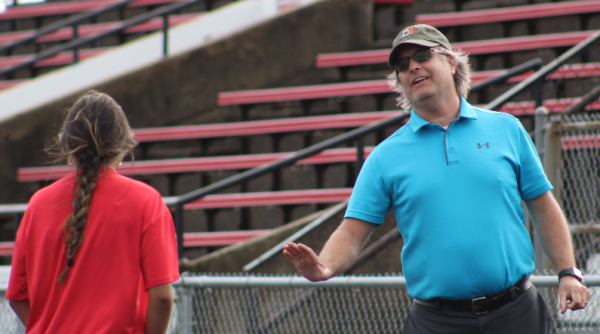
One thing that was instilled into me growing up by my parents is to serve your community. With that being said, this is another way that I can give back to the community and build relationships. To give back to the community, I want to make it a better environment for those around us. Letting people know that they are appreciated is one way I feel, that I can give back to the community.
Throwing and pole vault coach Randy Greiner: I coached Logansport track from the 1996-1997 school year through the 2009-2010 school year. The reason I got into coaching was because my sons were starting to get involved in track, and I saw a need with the varsity team. When they were in middle school, I stuck my nose into the middle school team and would help their throwers. Then, when my oldest son started track in the 96-97 school year, I introduced myself to Coach Kuhn, and he remembered me. I said I wouldn’t mind helping the team, and he said I’d love to have you.
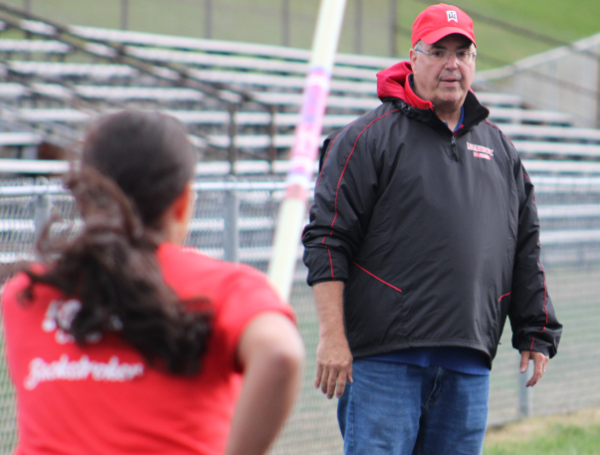
I got involved with throwing because I threw at Logansport in the mid-70s and became a walk-on at Ball State. In high school, I thought I wanted to be a teacher. That’s why I went to Ball State, but I made a decision based upon some advice not to do it and regret that decision. I love teaching and working with kids and seeing their improvement, but that’s the way life goes sometimes, you make decisions you have to live with and you go from there. That’s why I’m involved with it, to try and make a difference with the kids that I work with. I want to be giving you guys some knowledge that you didn’t have before.
How long have you coached football and track? Do you see a similarity between the two sports?
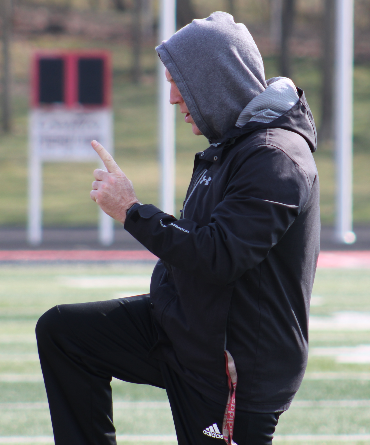
Johnson: Well, football, a long time. This upcoming season will be my 34th year as the head coach, and I have assistance experience before that, so almost 40 years. For track, I’ve had around three years of experience, and it was just at the junior high level. Being a football coach, I’ve always been interested in speed and trying to develop it. So, we just happen to do a lot of the same things in the off-season that the track guys do during the season, and it’s absolutely something that we could carry over. When you’re looking at an athlete, speed matters, and this goes for all sports really. We’re talking about being able to run in the spring and working on running mechanics, top-speed mechanics, developing acceleration and jumping. It will carry over in just about any sport. We would love to see if our athletes are involved in basketball, football, or anything else if they come out and run track.
As a former runner, what advice do you have for the team?

Schmaltz: I want our runners, especially in the longer races, to remember their form when they get tired. When their legs are tired, they can focus on their arms and drive them through. Also, enjoy and love the sport. From high school, college, and coaching junior high, some of my best memories are from track. The coaches and runners become a family, a group of people working together to succeed at something they love. Track, for me, has also been a break from school. Especially when you have a rough day, the people and running it out are a great way to escape.
Taking on the position of the new hurdles coach, how do you feel teaching technique to our hurdlers, having prior experience?
Shannon: There are three ways you will improve in high school sports. Number one is learning how your body works as it grows. Number two, technique, technique, technique. Then, number three, work your tail off. Teaching technique is the easy part from a coach’s point of view, but the exciting part of teaching technique is seeing the athletes improve every practice and smile because they know that good things are happening.
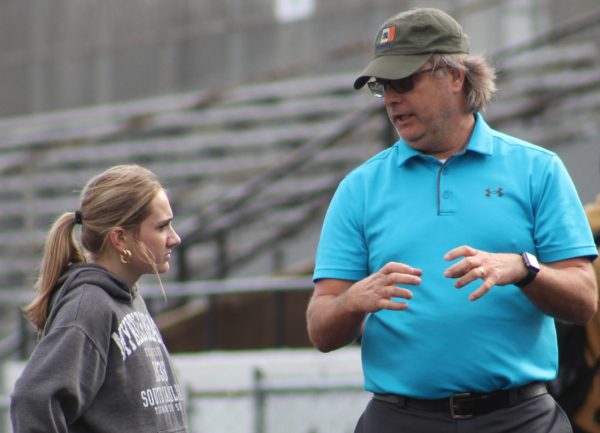
During my 25 years of law enforcement, I would have to meet people during a negative situation. Those encounters would always be hard to navigate, and I could only try to make them better. Bu,t no matter what I did, that family would always associate me with some kind of negative situation. Now that I’m in education and coaching, I refuse to let the initial encounter be negative. So, I always try to leave a positive impact in whatever I do, and it just so happens that the relationships I have built in the past with my students and swimmers, I feel, have been strong. I try to treat everyone the way I want to be treated and look for the positives. Here at the school, I have better control over most situations and can make them positive.
What do you hope to teach the team?
Greiner: That hard work will give positive results. It’s not always you’re the best, but it’s like I talked about being the best you can be. That’s why I’m trying more than anything else, saying there’s no shame in working hard but not being the best. You learn that. You don’t fail when you put yourself out there. Don’t be afraid of failing because there’s no such thing. It’s learning, which is if you don’t do it, you don’t learn it. That’s what I’m trying to teach. We’re not going to be perfect. Coaches aren’t perfect. Kids aren’t perfect. The athletes aren’t perfect, but by golly, you have a measurement and everybody gets measured. But, don’t measure against this person. Measure against yourself. Don’t be satisfied with the result. Keep getting better.
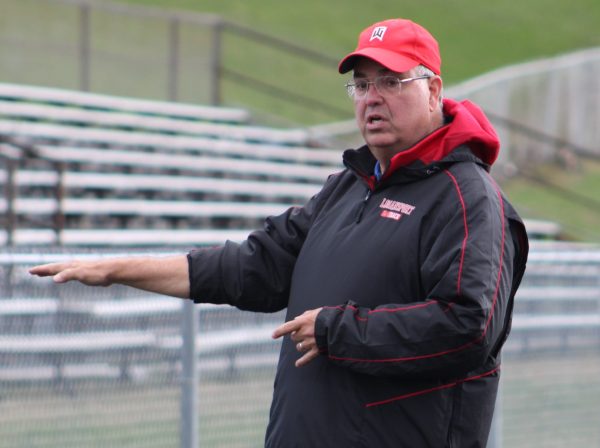
As coaches, we always ask for more, maybe more than you think, as an athlete you can give. We’re trying to stretch you to the point of, “Woah, look at what I just did, and I didn’t think I could do that”. You’ve got to try something different to break through a plateau because athletes plateau a lot. How do you get through that plateau? Sometimes you need to take that time off to recover. Sometimes you have to work hard to bust through that plateau. That’s what the coaches are here to try to do. Now, we always make mistakes. Sometimes we overwork kids, and that’s what we’re trying to do. How do we get you through what you think you’re capable of to what we think you’re capable of? Remember, you don’t have to beat that guy. You have to beat yourself. Be the best version of yourself, and you’ll be happy for the rest of your life.
As one of the new head coaches of the team, how do you feel like you have handled the role?
Head Coach Chad Handschu: I feel like Kuhn left big shoes to fill. Forty years of coaching and trying to take over for that, I don’t know if I’ll ever fulfill that role. However, I think my gauge for success and whether my role is complete is based on the athletes and how much they’re taking this seriously, wanting to drive to be competitive and trying to improve. Kuhn’s mentality was also the mentality that I knew. So, coming into this, I was more or less going to start off the same way that Kuhn ended.

With the new coaching staff and getting a different perspective, it has switched the mentality of what kids now respond better to. If Kuhn was doing it for 40 years, it’s like he’s doing a 40-year-old version. Now, it’s trying to update that version and be more current with what athletes nowadays are accustomed to. You’re catering to students who have to work, other extracurriculars, and other scenarios. It’s just trying to adapt to the situation and the changing of what the expectation is of a student-athlete.
Head Coach Morrill: It is an adjustment trying to manage 93 runners and seven managers. That’s probably the part neither Chad nor I had to do last year. So, it’s a lot all at one time, and you’re running a lot of different segments. Like you have field events, jumps, distance, sprinters,and hurdlers, just trying to put that all together including a new coaching staff. Now, I think we’ve got an excellent coaching staff, but it took some work to get it together. The fundraising aspect is also a part that nobody sees. They think we come out and coach during practices, but we’ve had to raise about $10,000 to get new uniforms. Between fundraising, concessions, cookie sales and collecting the money, there’s a financial piece to it that most people don’t ever think about that takes time, and you do all that after practice when you go home at night.
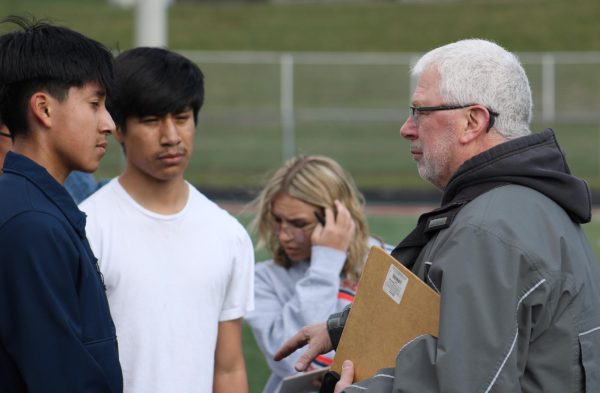
So, I think we’ve done okay at that, it’s just a lot of hours that until you’re doing it, you don’t really realize how much time it takes. All I had to worry about last year was my distance runners, so now, I’ve got 39 distance runners, but then Chad and I have all of the other stuff that comes with it too. I’m thankful that I have Chad here working with me. I wouldn’t want to have to just do it with just one of us, so it’s nice to have him. I think we’ve worked pretty well together. He takes part of it, and I take part of it. When we can divide it into two pieces, it becomes a lot more manageable.


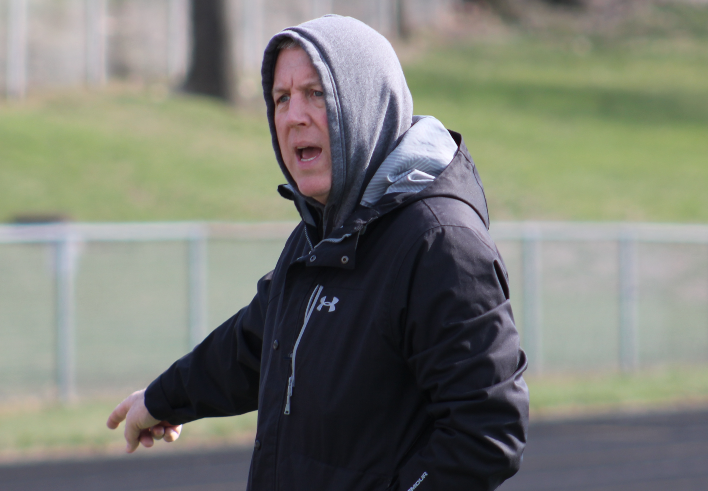
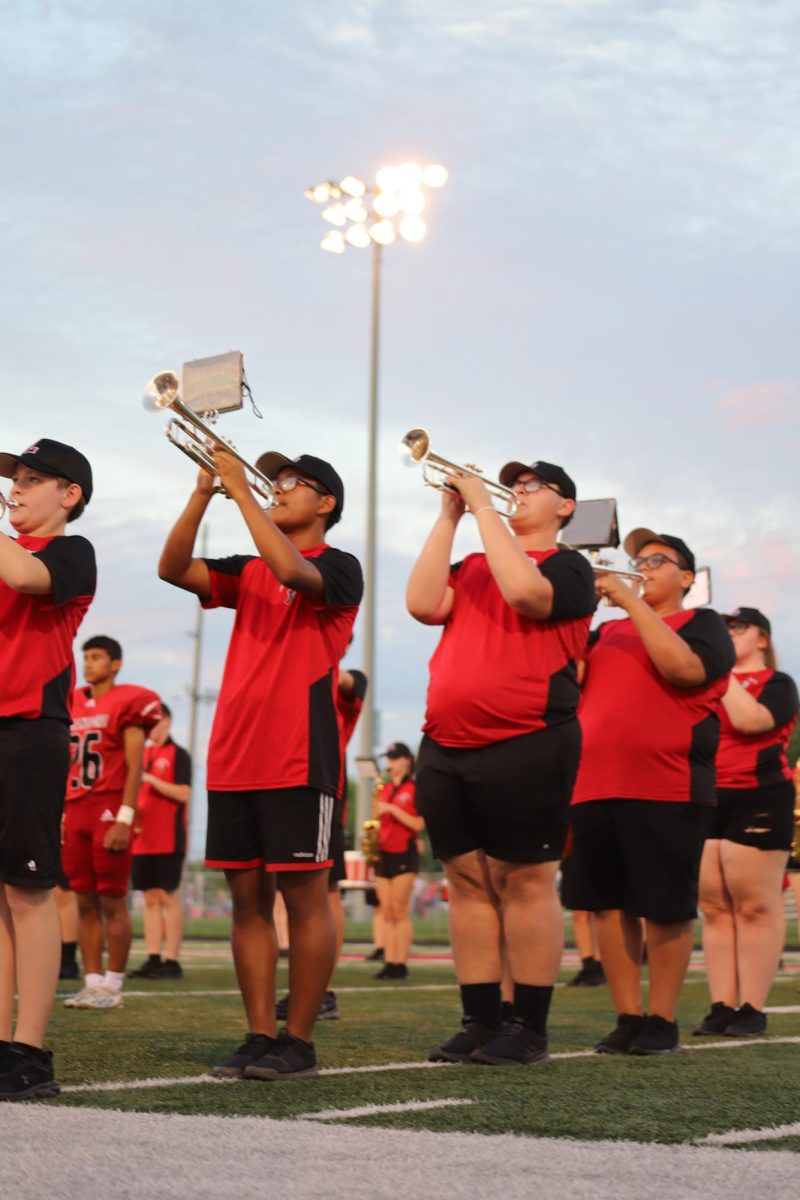
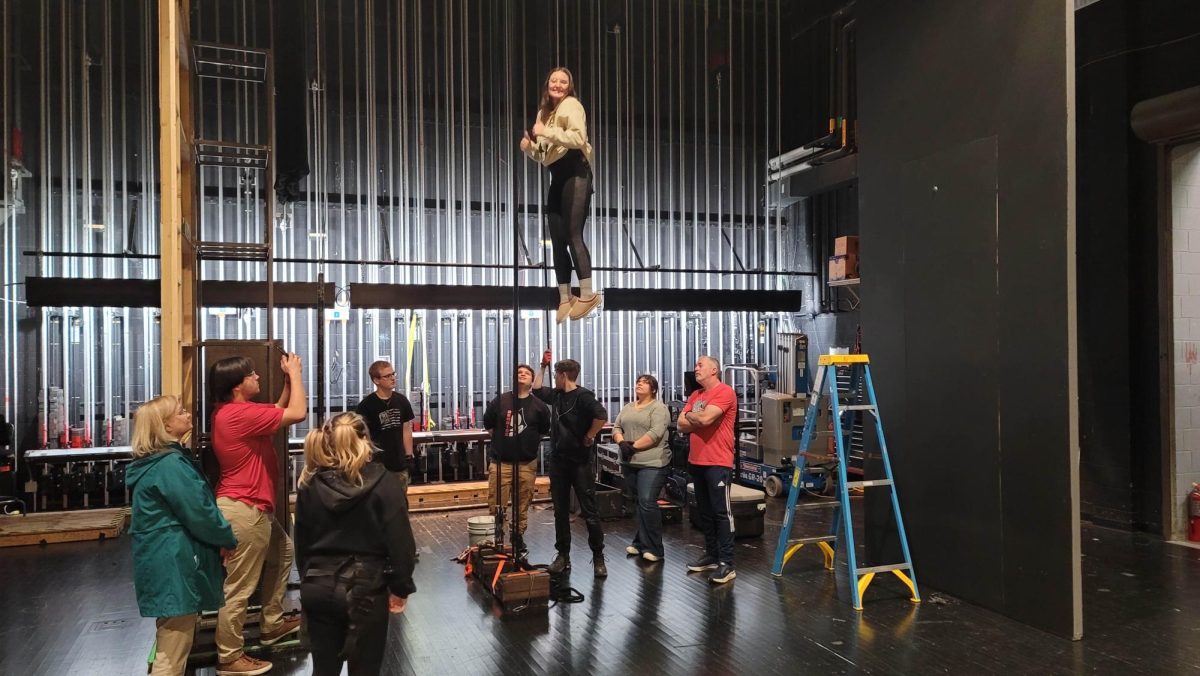

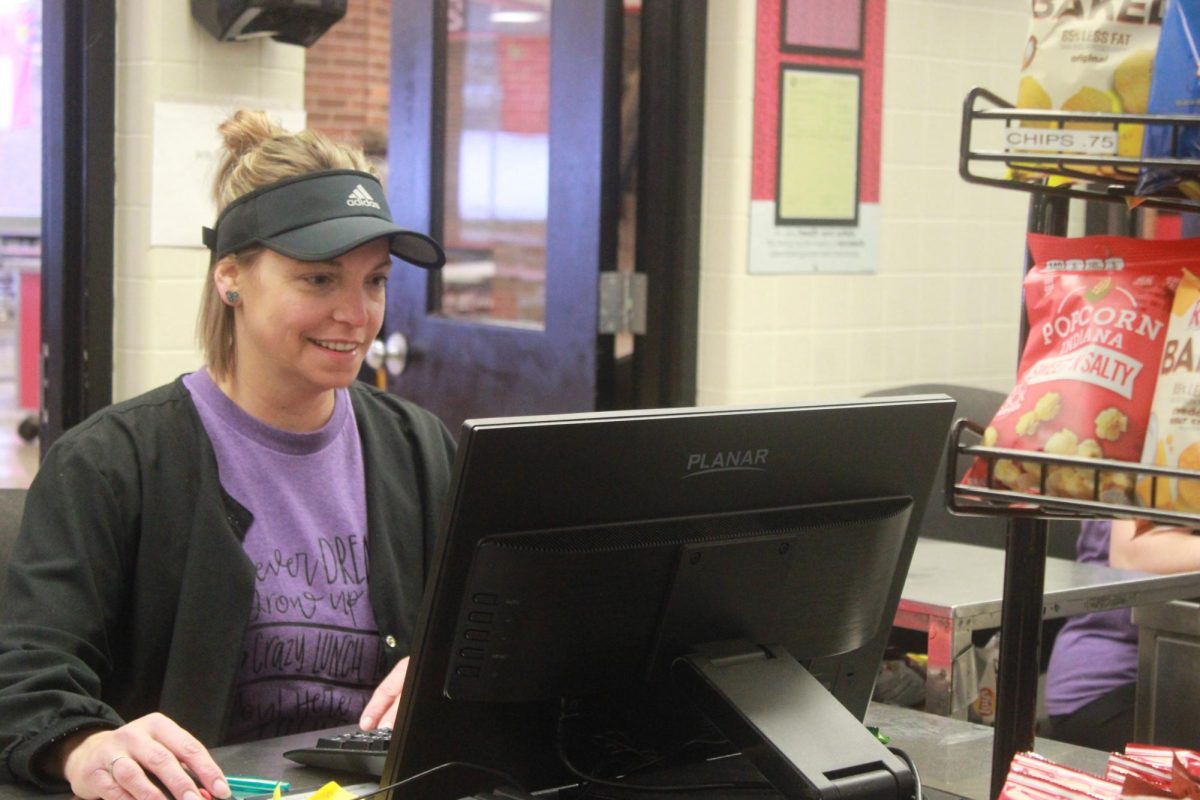
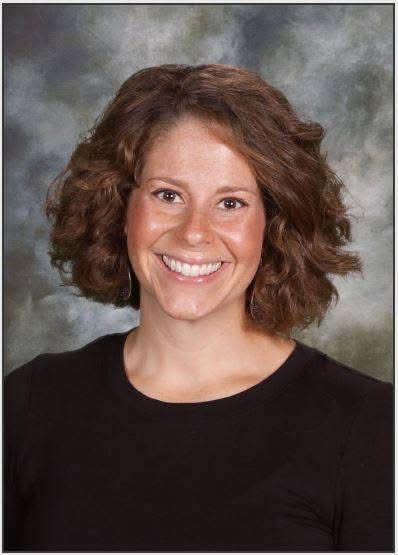
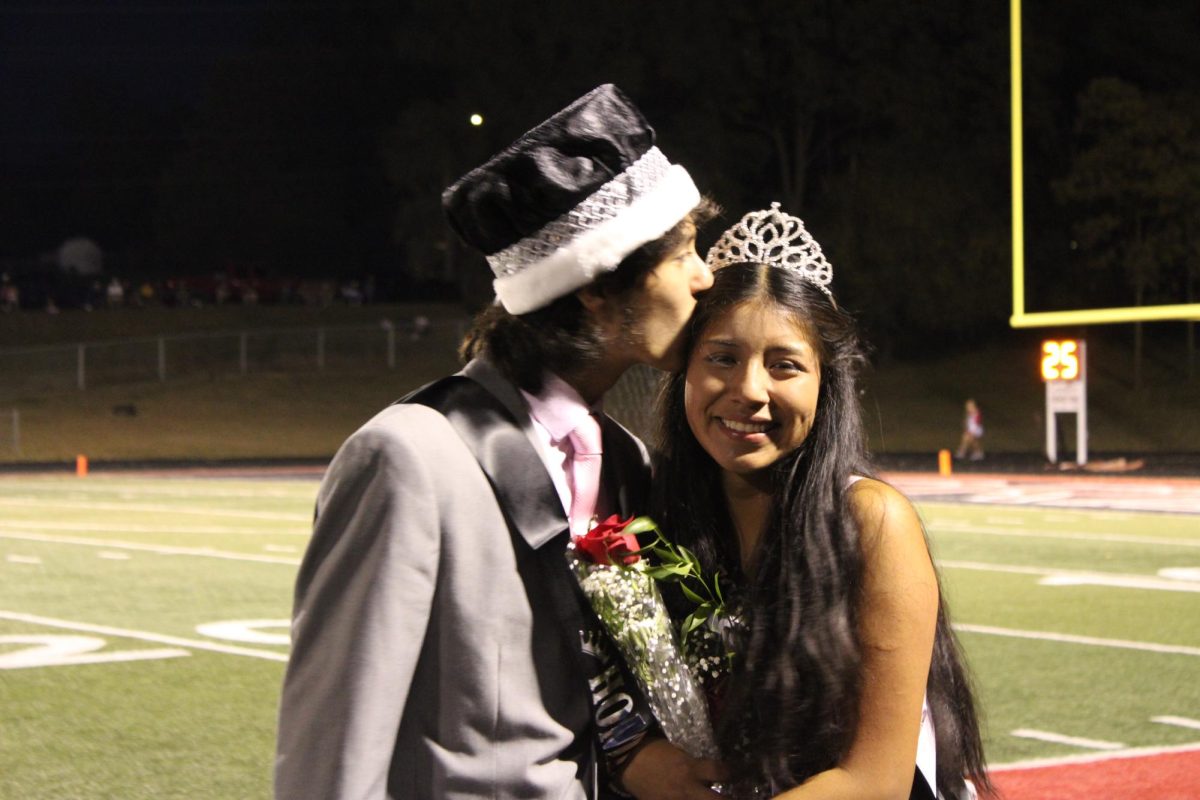
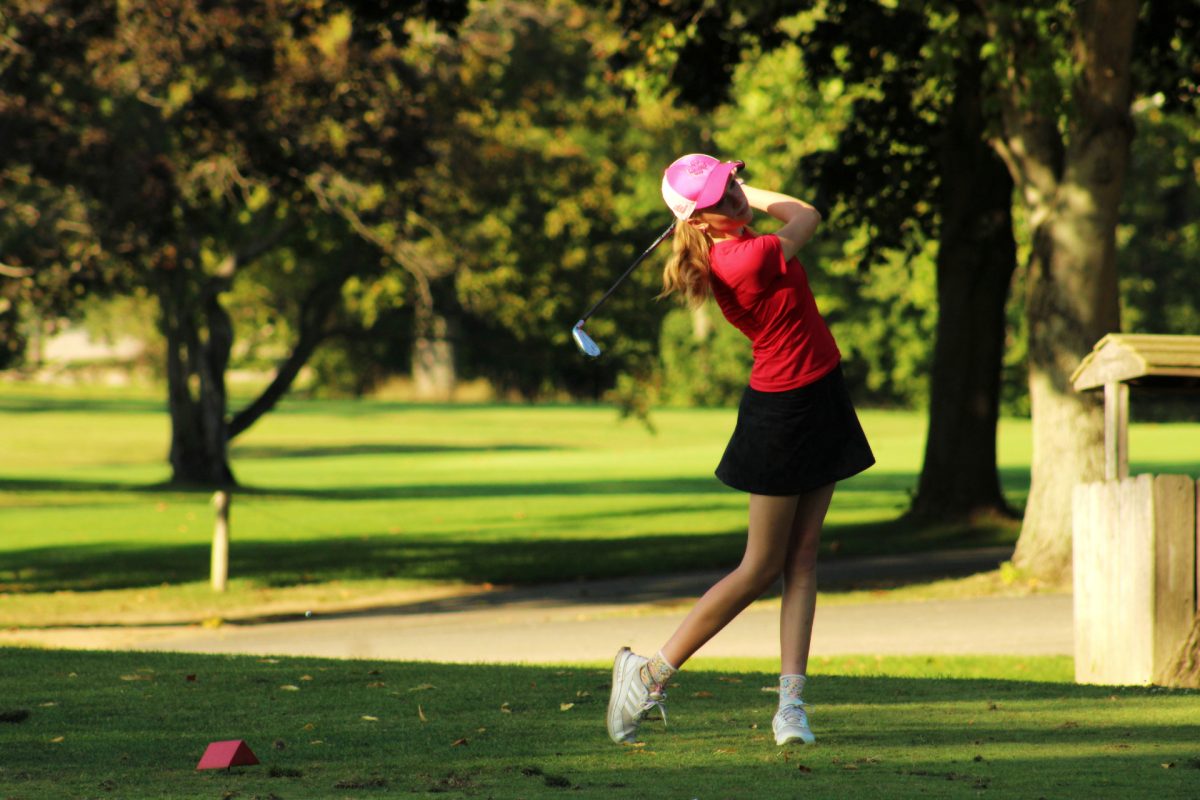
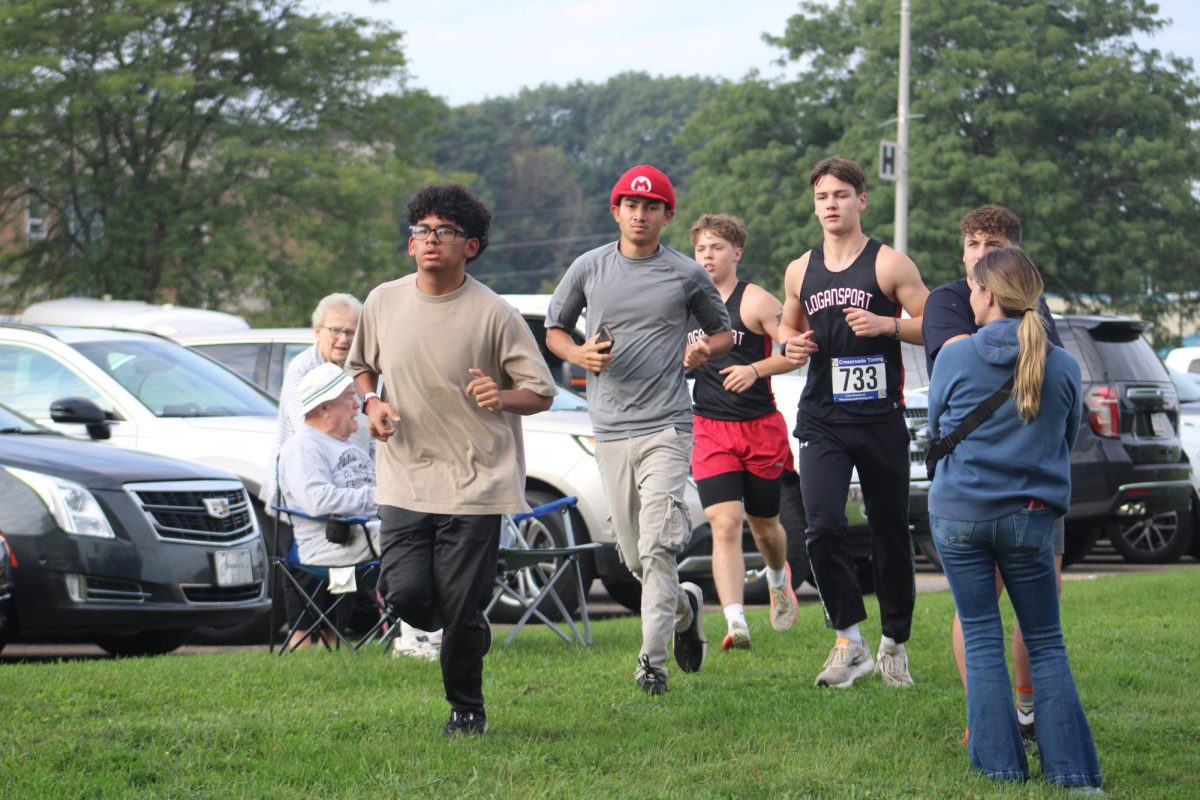
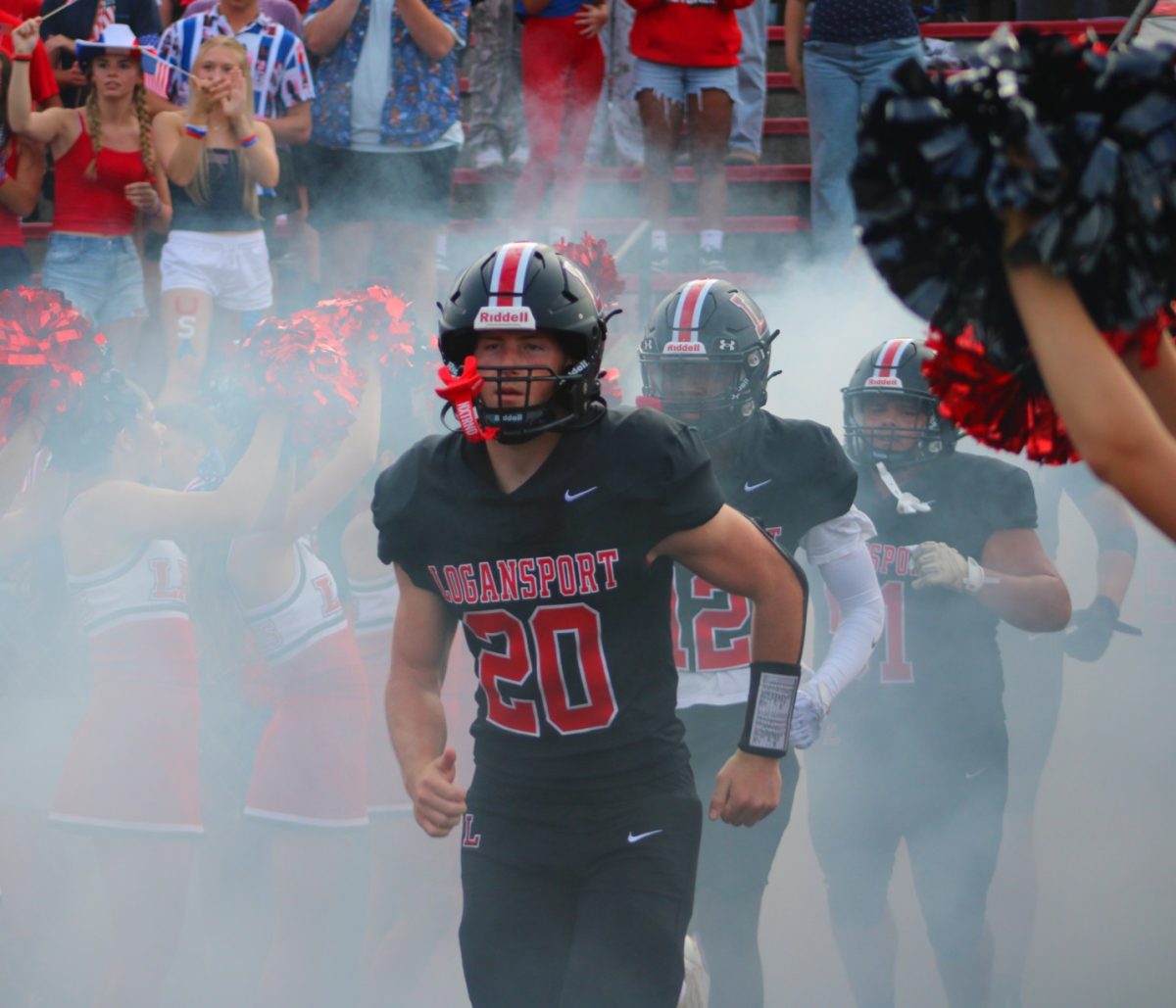
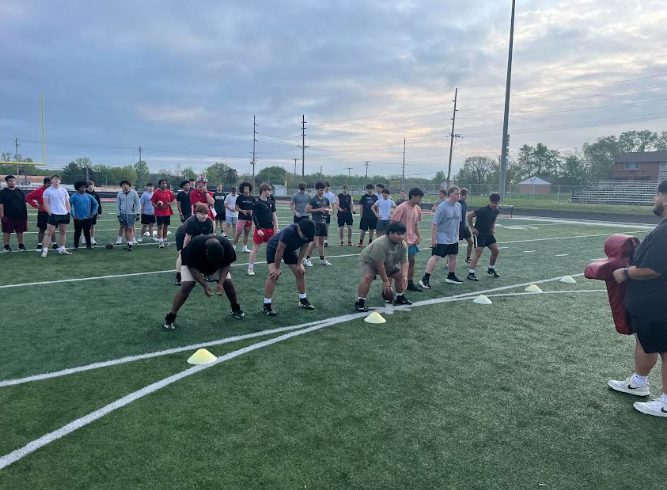


Jesus Beltran • May 13, 2024 at 3:07 pm
Very Chill!